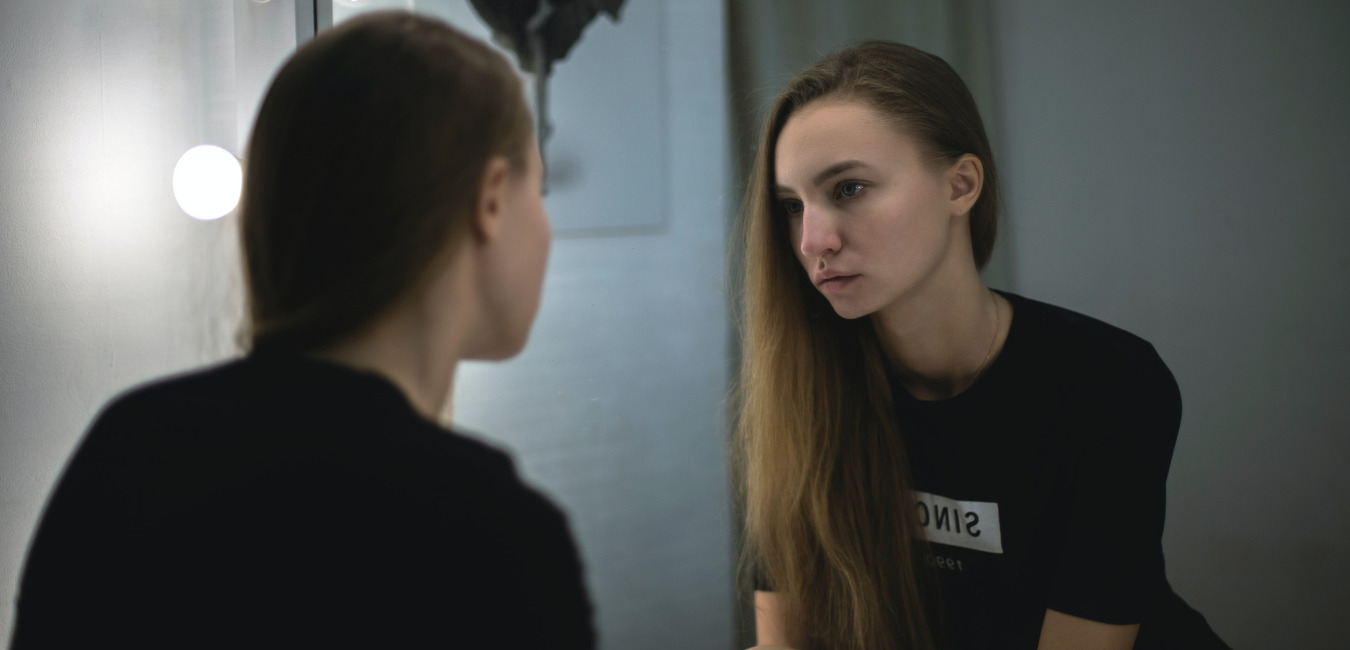The Beauty Trap – All Women Experience It
There is one sort of beauty trap with which all women are familiar. Another one is literary.
The first beauty trap involves the perception of a woman’s beauty, from childhood through old age, both as she regards herself and as she is regarded by others.
A woman’s perception of her own beauty begins early, is formed in the home, and is determined by her father. If her father perceives her as beautiful and tells her so, then she is more or less set for life. (Her father can throw a spanner in the works if he also perceives her an object of desire and acts on that desire, but this is a story for another time.)
If she grows up without a father, or if her father is critical of her looks or is silent on the subject, then she likely has a rough road ahead. For many if not all women, self-worth is measured by how beautiful they feel and how beautiful others think they are.
But here’s the trick: it’s not about beauty, it’s about security: how secure a woman feels about her place in the world and her ability to effectively maneuver in it. That’s why fathers are the key.
Objective beauty – whose existence is put in some doubt by the old adage about beauty and the eye of beholder, e.g. the loving father’s – is not at issue here. Being supermodel beautiful by today’s current standards does not seem to help secure a woman’s sense of herself, according to underwear model Cameron Russell in her wonderful TED talk “Looks Aren’t Everything.”
Russell says that supermodels are the least secure people about their looks, because they are constantly being judged by them. I take Russell’s statement as bona fide. I imagine Hollywood actresses might feel the same way. However, they can reap rewards when they take on roles that transform their beauty into ugliness and thereby win Oscars.
Botox parties, elaborate late-night infomercials selling products to achieve the perfect skin, beauty safaris to the cosmetic surgeons in Brazil – we know all about them. And, by the way, men aren’t always able to avoid the bottomless pit that is the beauty trap, as seen in Before and After photos of Korean men.
The second, literary beauty trap has a very long history in Western philosophy and criticism and has a perverse relationship to perceptions of the romance novel.
Certain sculptures, paintings, music, literature, and movies are prized because they are deemed beautiful: Greek sculpture, Renaissance painting, symphonic music, the works of Shakespeare, the films of Kurosawa.
Their beauty is two-fold. It is formal in the sense that their creators have mastered the forms of the medium they are working in, and it is aesthetic in the sense that what they have created is also pleasing to look at, listen to, or read.
The pleasure for the beholder presumably derives from what these works bring to understanding the human condition. Their beauty moves the beholder. It gives him or her a thrill of connection and creation, Adam’s finger to God’s in the Sistine Chapel.
Romance novels are routinely stigmatized for being beautiful, for featuring too-beautiful heroines and impossibly hunky heroes, and having too-pretty happy endings. That’s not real life. It’s not real literature.
This is the romance beauty trap.
Never mind that not all heroines are beautiful, nor all heroes hunky – although they certainly become beautiful to one another, if not at the beginning of the story, then certainly by the end (the eye of the beholder, and all that).[1]
At issue for me is the double standard: a romance writer can have mastered her genre, created a story that is pleasing to read and offers understanding of the thing that every woman (and man) involved in the first kind of beauty trap is looking for, namely love, and her work will be dismissed because it is beautiful.
Here is what the representation of the love relationship offers: the possibility of security, a firm place in the world and someone to share it with. It’s beautiful.
[1] For my commentary on traditional romance covers, see my blog On the Term ‘Bodice-Ripper.’
Categorised in: Love, Thoughts
This post was written by Julie Tetel Andresen
You may also like these stories:
- google+
- comment



